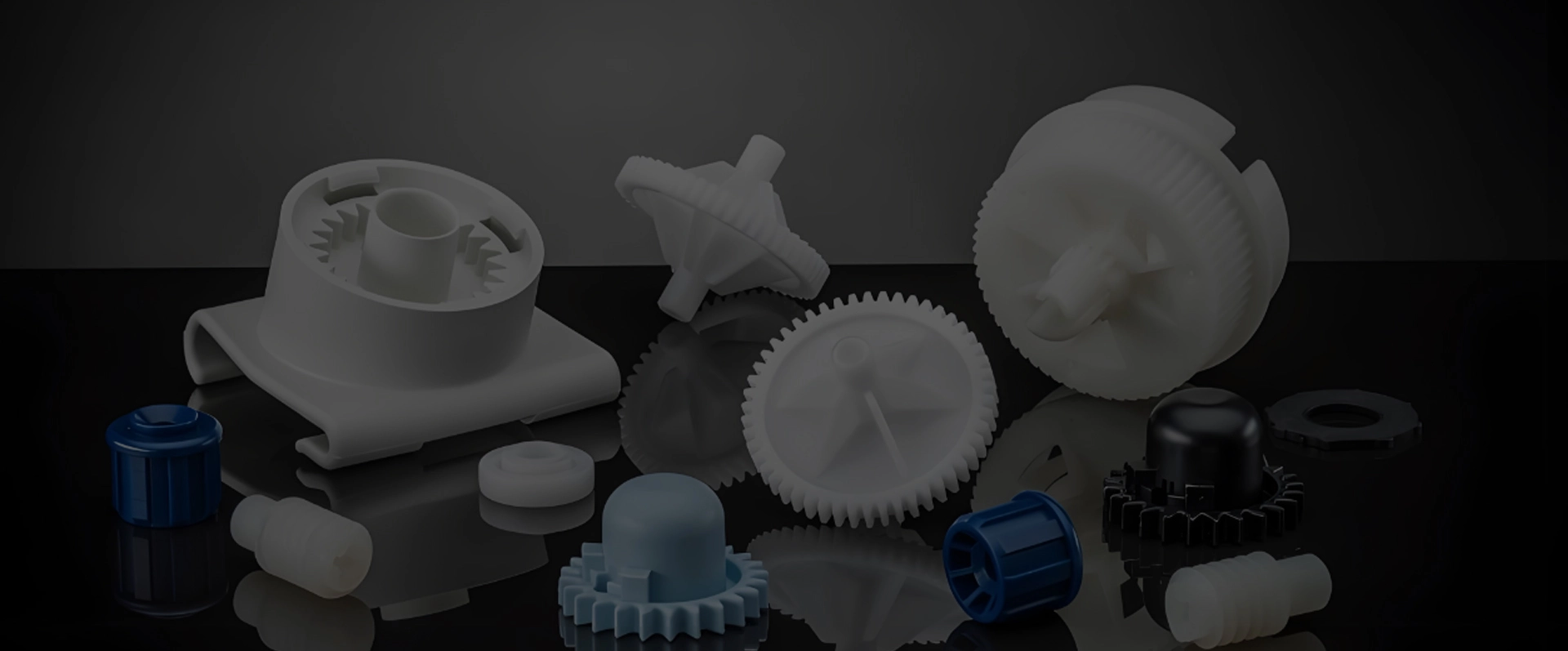The capillary pipe’s small diameter creates a significant flow restriction, slowing down the fluid or gas passing through it.
As a common type of metal fabrication products, capillary tube is a thin, narrow tube used primarily to control and regulate the flow of fluids or gases in various systems. Its main function is to restrict and manage the flow rate due to its small diameter, creating a pressure drop as fluids pass through. In refrigeration and air conditioning, capillary tubes are used to control the refrigerant flow between high and low-pressure areas, helping to maintain efficient cooling. In medical and laboratory settings, thermometer capillary tubes are used for precise fluid measurement, sampling, and transfer. Their fine control over fluid movement makes them essential in these applications.
The capillary pipe’s small diameter creates a significant flow restriction, slowing down the fluid or gas passing through it.
As the fluid moves through the chemistry capillary tube, it experiences a pressure drop, crucial for systems that require controlled pressure changes.
In refrigeration, it connects the high-pressure condenser to the low-pressure evaporator, allowing the refrigerant to expand and cool as it passes through the tube.
In medical and laboratory settings, capillary tube in laboratory precisely control and measure small volumes of fluids due to their narrow passage.

